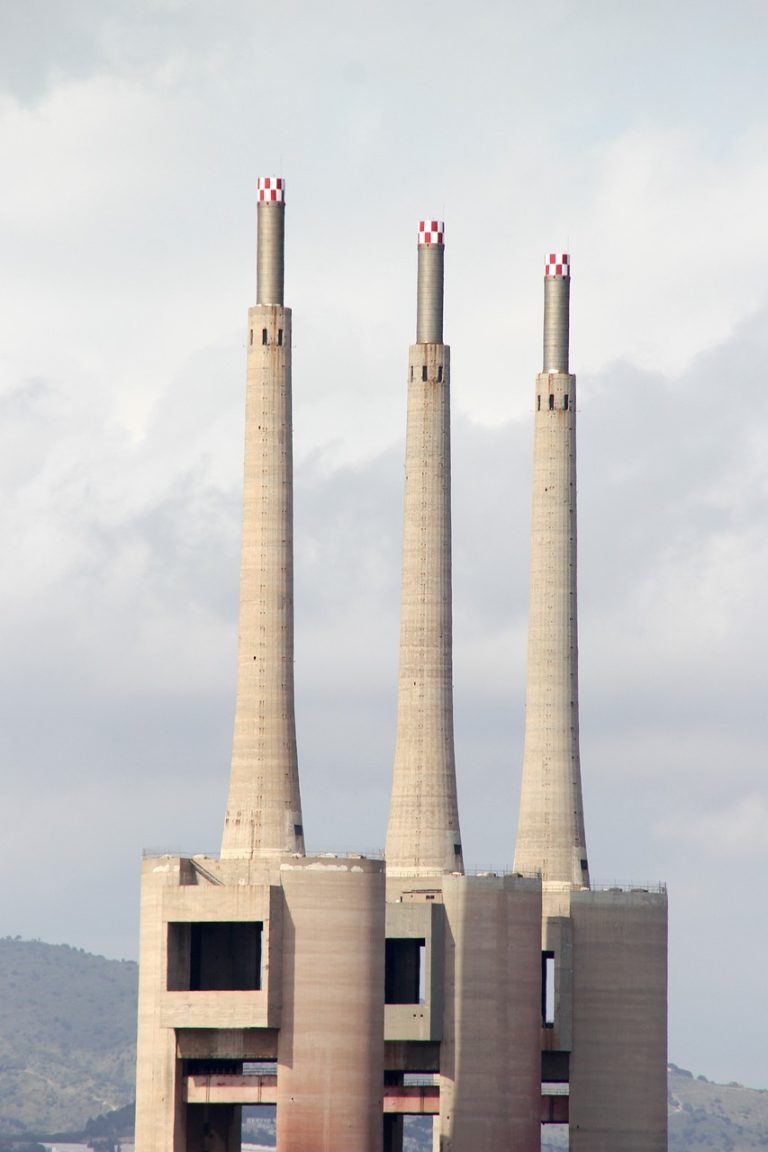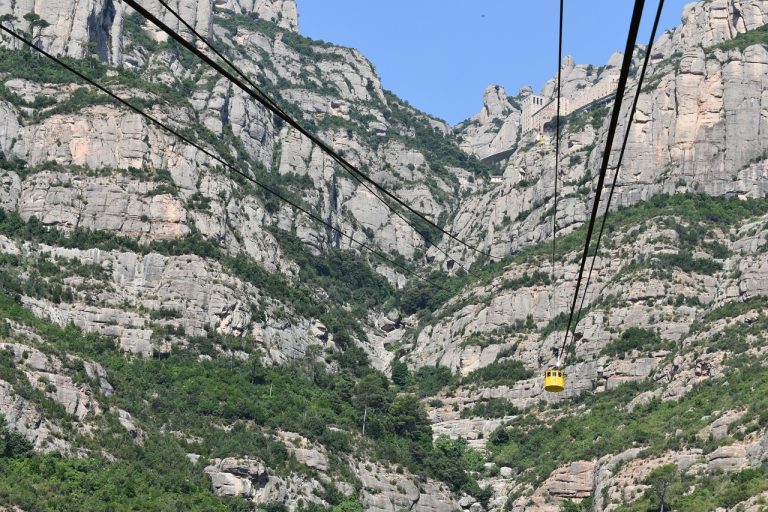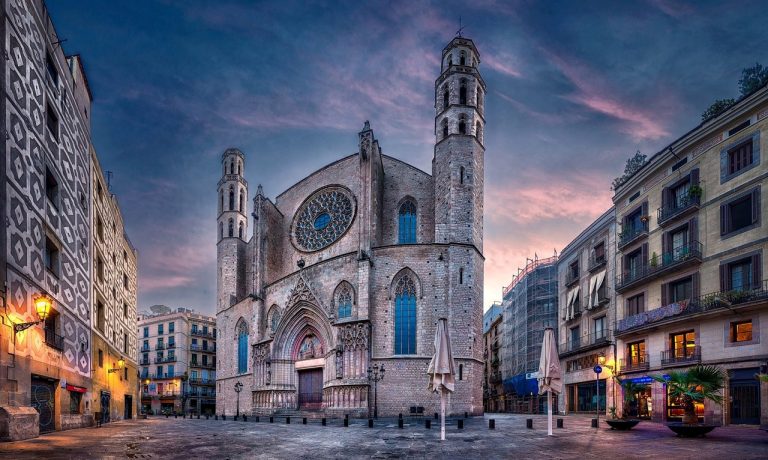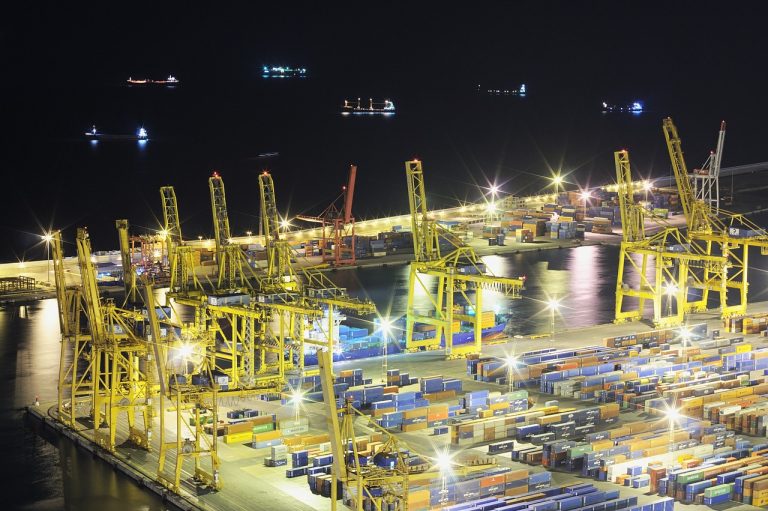Barcelona Spain Video
Park Güell
Park Güell is one of the most famous landmarks in Barcelona, Spain. Designed by the renowned architect Antoni Gaudí, this park is a UNESCO World Heritage Site and attracts millions of visitors every year. The park is known for its colorful mosaic tiles, unique architectural elements, and breathtaking views of the city.
- Mosaic Tiles: The park is adorned with beautiful mosaic tiles, which are a signature feature of Gaudí’s work. The vibrant colors and intricate patterns create a whimsical and surreal atmosphere.
- Architectural Elements: Gaudí’s unique architectural style is evident throughout the park. From the curved columns and arches to the organic shapes and forms, every element of the park showcases Gaudí’s innovative approach to design.
- Breathtaking Views: Situated on Carmel Hill, Park Güell offers stunning panoramic views of Barcelona. Visitors can enjoy vistas of the city skyline, the Mediterranean Sea, and the surrounding natural landscape.
The mosaic tiles can be found on the famous dragon fountain, the serpentine bench, and various other structures throughout the park. Each tile is carefully handcrafted and adds to the park’s overall charm.
One of the most iconic structures in the park is the Hypostyle Room, which features a forest of leaning columns. This space was originally intended to be the market area for a housing development that was never completed.
There are several viewpoints within the park, including the famous Cross of Calvary, where visitors can take in the beauty of Barcelona from a higher vantage point.
Barcelona Spain Image 1:
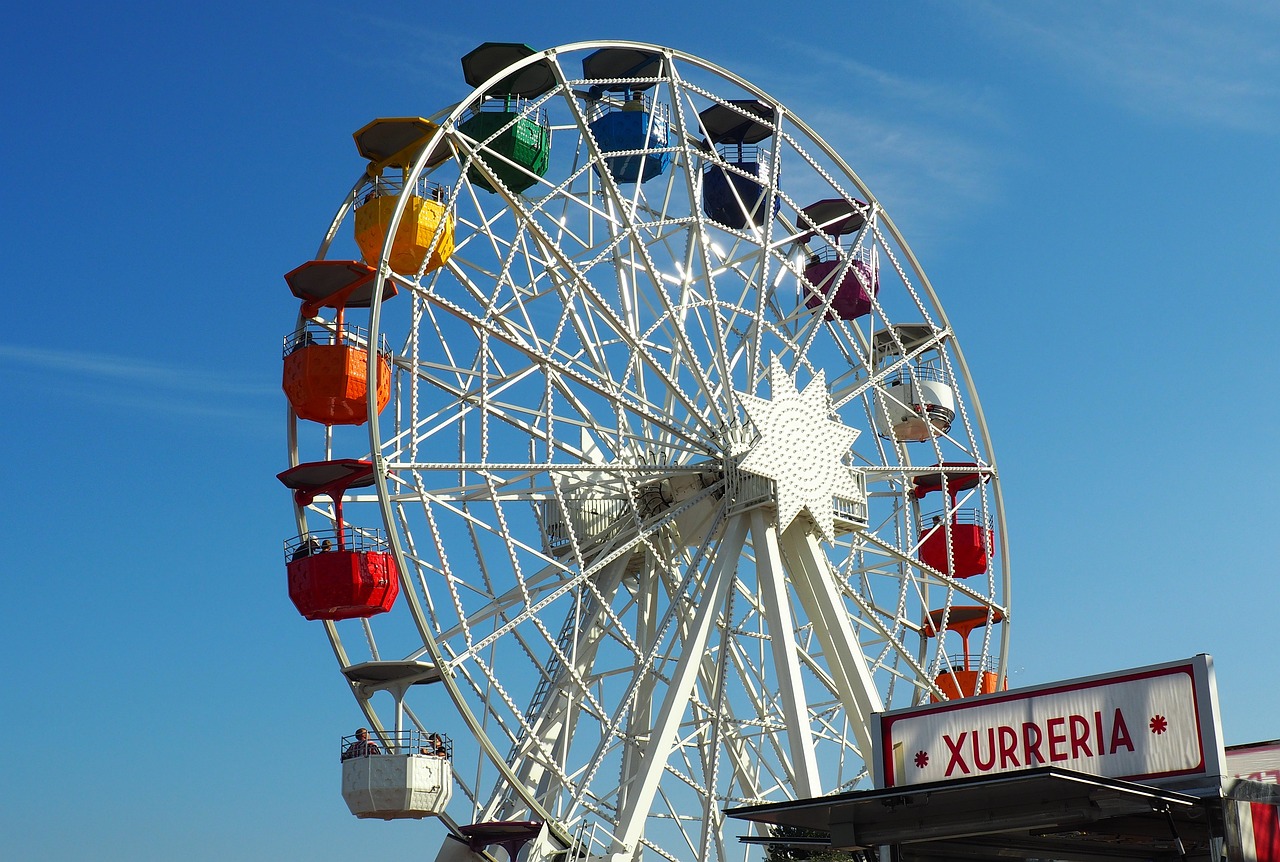
Sagrada Família
The Sagrada Família is perhaps the most famous landmark in Barcelona and one of the most magnificent churches in the world. Designed by Antoni Gaudí, this basilica has been under construction since 1882 and is still ongoing. It is a UNESCO World Heritage Site and attracts millions of visitors annually.
- Architectural Marvel: The Sagrada Família is renowned for its intricate and unique architecture. Gaudí’s vision for the church was inspired by nature, and the façades are adorned with sculptural details depicting various biblical scenes.
- Towers and Views: The Sagrada Família has a total of 18 towers, each representing a different biblical figure. Visitors can take an elevator or climb stairs to the top of the towers to enjoy panoramic views of Barcelona.
- Interior Design: The interior of the Sagrada Família is equally as impressive as its exterior. The main nave is characterized by soaring columns that resemble trees, creating a sense of awe and grandeur.
The Nativity Façade, the oldest part of the basilica, showcases Gaudí’s meticulous attention to detail. It features intricate sculptures and carvings that depict the birth of Jesus and other biblical events.
The towers offer breathtaking views of the city and allow visitors to appreciate the intricate details of the basilica’s architecture up close.
The stained glass windows, designed to let in natural light, create a mesmerizing play of colors inside the basilica. The overall design creates a serene and spiritual atmosphere.
Barcelona Spain Image 2:

Casa Batlló
Casa Batlló is a striking residential building located in the heart of Barcelona. Designed by Antoni Gaudí, it is considered one of his masterpieces and a prime example of modernist architecture.
- Exterior Facade: The façade of Casa Batlló is a work of art in itself. It is covered in colorful ceramic tiles and features a curvilinear shape that mimics the movement of waves.
- Interior Design: The interior of Casa Batlló is just as extraordinary as its exterior. Gaudí paid meticulous attention to detail, creating a harmonious and organic space.
- The Dragon Terrace: One of the highlights of Casa Batlló is the Dragon Terrace. This rooftop space offers panoramic views of Barcelona and is decorated with colorful mosaic tiles.
The balconies on the upper floors are reminiscent of masks, and the roof is adorned with a dragon-like structure. The overall design is whimsical and captivating.
The Noble Floor, where the Batlló family used to live, showcases Gaudí’s innovative use of light and space. The rooms are filled with natural light, and the walls and ceilings feature intricate patterns and designs.
The dragon-like structure on the roof serves as a chimney and is covered in trencadís, a mosaic technique commonly used by Gaudí.
Barcelona Spain Image 3:
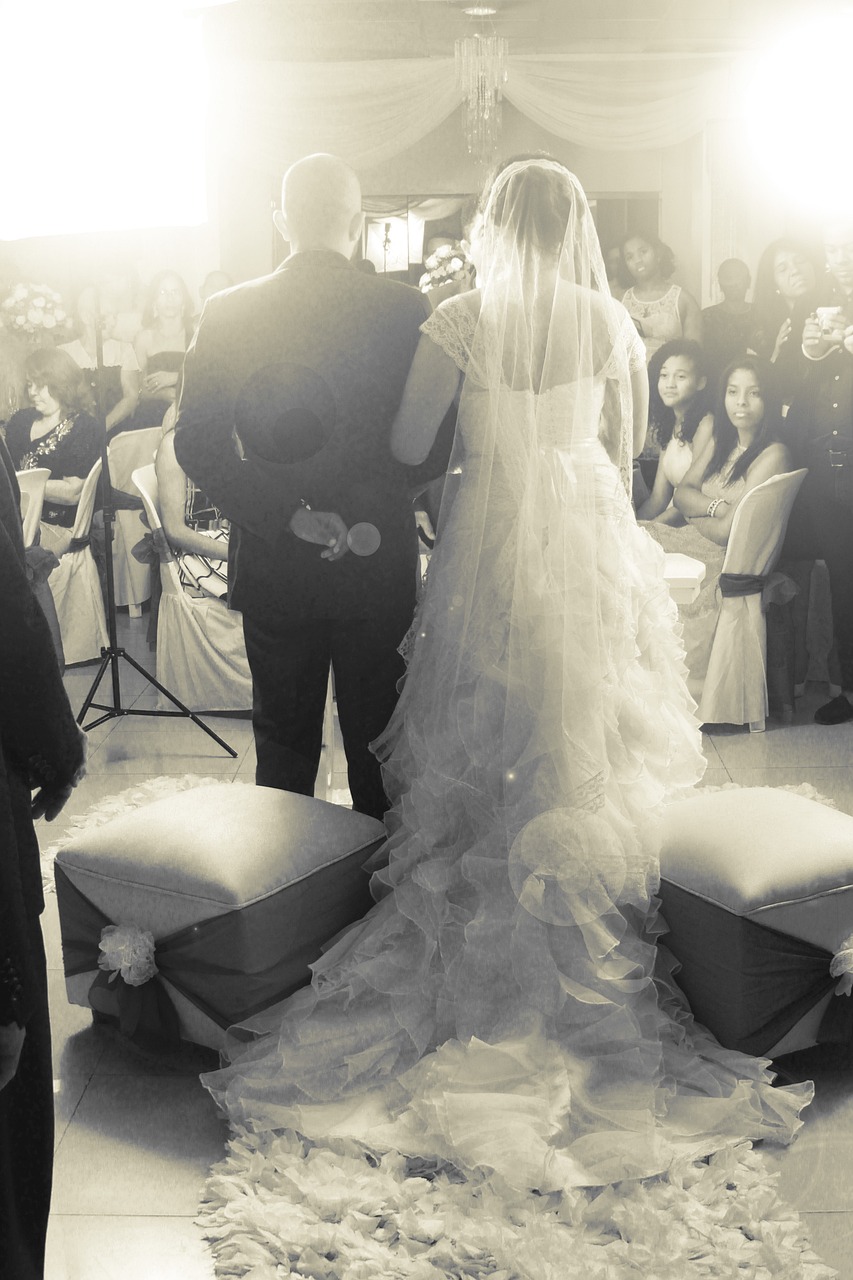
Poble Espanyol
Poble Espanyol, meaning “Spanish Village,” is an open-air architectural museum located on Montjuïc Hill in Barcelona. It was built for the 1929 Barcelona International Exposition and showcases replicas of different architectural styles from various regions of Spain.
- Architectural Replicas: Poble Espanyol features over 100 buildings that replicate the architecture of different Spanish regions. Visitors can explore traditional houses, churches, and squares from places like Andalusia, Catalonia, and the Basque Country.
- Artisan Workshops: In addition to the architectural replicas, Poble Espanyol is home to numerous artisan workshops. Visitors can watch skilled craftsmen create traditional Spanish crafts, such as ceramics, leather goods, and glassblowing.
- Restaurants and Shops: Poble Espanyol also houses a variety of restaurants, bars, and shops. Visitors can sample traditional Spanish cuisine, enjoy live music performances, and browse a wide range of artisanal products.
The replicas are incredibly detailed and provide a comprehensive overview of Spain’s diverse architectural heritage.
These workshops offer a unique opportunity to learn about traditional craftsmanship and purchase authentic Spanish souvenirs.
Whether it’s trying paella, shopping for handmade jewelry, or enjoying a flamenco show, Poble Espanyol offers a vibrant and immersive experience of Spanish culture.
The Magic Fountain of Montjuïc
The Magic Fountain of Montjuïc is a stunning fountain located at the foot of Montjuïc Hill in Barcelona. Built for the 1929 Barcelona International Exposition, it is one of the city’s most popular attractions.
- Musical Water Shows: The Magic Fountain offers spectacular water and light shows accompanied by music. The fountain’s jets, choreographed to different melodies, create a mesmerizing display of colors and movement.
- Impressive Size: The Magic Fountain is one of the largest ornamental fountains in the world. It spans over an area of 3,620 square meters and features 3,620 water jets.
- Nighttime Spectacle: The Magic Fountain truly comes alive after sunset when it is illuminated with vibrant colors. The combination of water, light, and music creates a magical ambiance that captivates spectators.
The shows are free to attend and take place at regular intervals, providing entertainment for visitors of all ages.
The fountain’s grandeur and the synchronized water displays make it a must-see attraction in Barcelona.
Visitors can enjoy the fountain shows while taking in the panoramic views of Barcelona’s skyline.
Park de la Ciutadella
Park de la Ciutadella is a large urban park located in the heart of Barcelona. It is a popular recreational area for both locals and tourists, offering a peaceful retreat from the bustling city.
- Lush Greenery: The park is known for its lush greenery, making it an ideal spot for picnics, leisurely walks, and outdoor activities.
- The Cascada: One of the main attractions in Park de la Ciutadella is the Cascada, a monumental waterfall and fountain designed by Josep Fontserè.
- Boating Lake: The park is home to a boating lake where visitors can rent rowboats and paddle around the peaceful waters.
Visitors can relax under the shade of the trees, explore the various gardens, or simply enjoy the tranquility of nature.
The Cascada is adorned with sculptures and reliefs and serves as a focal point within the park.
Boating on the lake is a popular activity, especially during the warmer months.
Picasso Museum
The Picasso Museum is dedicated to the work of the legendary Spanish artist, Pablo Picasso. Located in the historic El Born neighborhood, it is one of the most important art museums in Barcelona.
- Extensive Collection: The museum houses an extensive collection of Picasso’s artworks, spanning different periods of his career.
- Early Works: The museum showcases Picasso’s early works, including his famous Blue Period and Rose Period paintings.
- Les Demoiselles d’Avignon: One of the highlights of the museum is Picasso’s groundbreaking painting, “Les Demoiselles d’Avignon.”
Visitors can admire paintings, drawings, sculptures, and ceramics, providing a comprehensive overview of Picasso’s artistic evolution.
These artworks reflect Picasso’s emotional and psychological state during those periods and offer valuable insights into his artistic development.
Considered a masterpiece of modern art, this painting marked a significant shift in Picasso’s style and had a profound influence on the art world.
La Rambla
La Rambla is a vibrant and iconic boulevard in the heart of Barcelona. Stretching for 1.2 kilometers, it is a popular pedestrian street that is always bustling with activity.
- Street Performers and Artists: La Rambla is known for its street performers and artists who entertain passersby with their talents.
- Boqueria Market: Located on La Rambla, the Boqueria Market is a food lover’s paradise. It is one of the largest and most famous food markets in Europe.
- Historic Landmarks: La Rambla is lined with historic landmarks, including the Gran Teatre del Liceu, Barcelona’s renowned opera house, and the Plaça de Catalunya, a central square that serves as a meeting point for locals and tourists.
From living statues and musicians to portrait artists and dancers, the street is alive with creativity and entertainment.
Visitors can explore the market’s vibrant stalls, filled with fresh produce, seafood, meats, cheeses, and a variety of local delicacies.
Walking along La Rambla allows visitors to immerse themselves in the rich history and culture of Barcelona.
Gothic Quarter
The Gothic Quarter, also known as Barri Gòtic, is the oldest neighborhood in Barcelona. It is a labyrinth of narrow streets, charming squares, and historic buildings.
- Medieval Architecture: The Gothic Quarter is characterized by its medieval architecture, with buildings dating back to the Roman and Gothic periods.
- Plaça Reial: Plaça Reial is a picturesque square located in the heart of the Gothic Quarter. It is known for its palm trees, ornate lampposts, and lively atmosphere.
- Cathedral of Barcelona: The Gothic Quarter is home to the Cathedral of Barcelona, also known as the Cathedral of the Holy Cross and Saint Eulalia.
Visitors can admire the intricate details of the facades, the Gothic-style cathedrals, and the narrow alleyways that evoke a sense of history and mystery.
The square is lined with outdoor cafes and restaurants, making it a popular spot for locals and tourists to relax and enjoy the vibrant ambiance.
This magnificent cathedral features stunning Gothic architecture and houses the tomb of Saint Eulalia, the co-patron saint of Barcelona.


